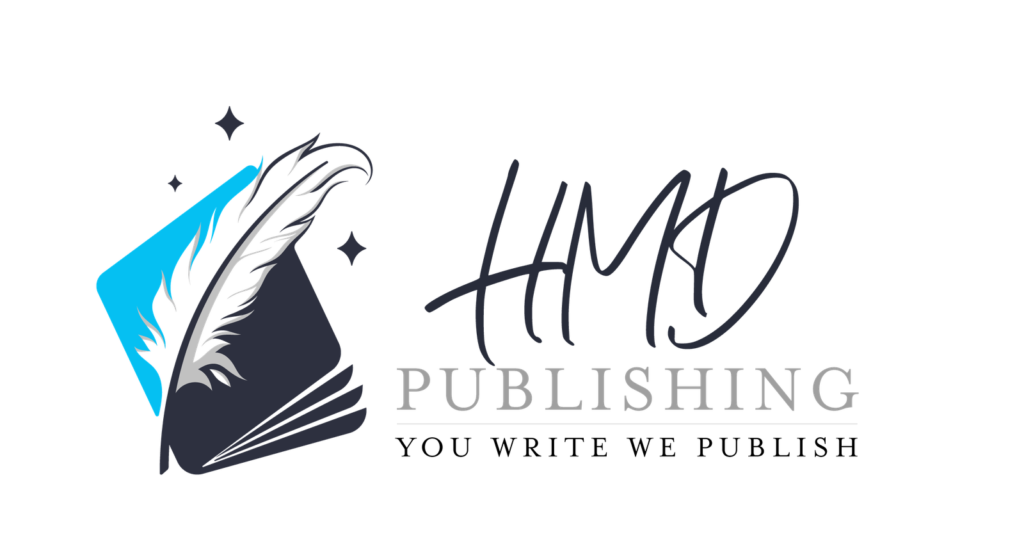Book trailers have become powerful marketing tools, offering a cinematic glimpse into your story. A well-crafted trailer can turn curious viewers into eager readers, bridging the gap between traditional publishing and digital marketing.
What Makes an Effective Book Trailer
The best book trailers capture your story’s essence in 60-90 seconds. They create intrigue without revealing too much, just like movie trailers. Rather than summarizing the entire plot, focus on evoking emotion. Your goal is to leave viewers wanting more, compelling them to discover your book’s full story.
Essential Elements
Start with a hook that grabs attention in the first 5 seconds. While your book cover should feature prominently, don’t open with it—build anticipation first. High-quality visuals that match your book’s tone and genre are crucial. Every trailer should end with a clear call-to-action, guiding viewers to where they can purchase your book.
Style Choices for Different Genres
Your genre should guide your trailer’s style and tone. Thrillers benefit from fast cuts and suspenseful music, while romance novels call for emotional scenes and softer transitions. Non-fiction books might incorporate expert insights and data, while fantasy requires atmospheric footage and epic soundtracks. Let your genre inform every creative decision.
Cost-Effective Production
Creating an impressive trailer doesn’t require a Hollywood budget. Stock footage, motion graphics, and simple text animations can create powerful results when used thoughtfully. User-friendly tools like Cap cut or Canva Pro make editing accessible to authors. Many music licensing sites offer affordable soundtracks that can enhance your trailer’s emotional impact.
Distribution and Promotion
Share your trailer strategically across multiple platforms. YouTube serves as your primary platform, optimized with relevant keywords for discovery. Your author website, social media channels, and email newsletters can all amplify your trailer’s reach. Consider uploading it to Amazon Author Central and book retailer sites to maximize visibility.
Avoiding Common Pitfalls
The most successful trailers maintain a delicate balance. Avoid overwhelming viewers with too much text or complex plot explanations. Keep transitions simple and professional, steering clear of overly dramatic effects. Most importantly, ensure all materials—music, images, and footage—are properly licensed for your use.
Measuring Impact
Track your trailer’s performance through views, engagement, and click-through rates. Pay attention to viewer comments for valuable feedback. Consider testing different versions with small focus groups before your final release. Use these insights to refine your approach for future book promotions.
Remember, your book trailer serves as a visual invitation to your story. It should intrigue potential readers and create an emotional connection that motivates them to learn more. Focus on quality, emotion, and clear messaging to create a trailer that effectively converts viewers into readers.
